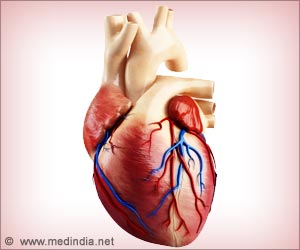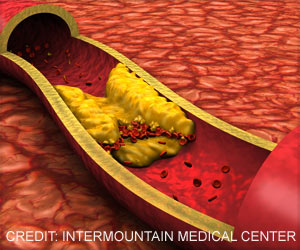Highlights
- An artificial beating human heart was brought to life through stem cell samples in a laboratory.
- The samples grown are not full size and measure about a centimeter long and millimeter wide, and was created to help study disease, investigate heart repair, and test new drugs.
- The reason behind using stem cells is that they can repair, and regenerate themselves.
A functional beating human heart has been built with stem cells by the researchers at the University of Queensland (UQ) in Australia. The discovered models of human heart tissue in the laboratory can be used to study cardiac diseases.
“The patented technology enables us to now perform experiments on human heart tissue in the lab,” said James
Hudson from the UQ School of Biomedical Sciences. “This provides scientists with viable, functioning human heart muscle to work on, to model disease, screen new drugs and investigate heart repair,” said Hudson.
‘The artificial human heart provides scientists with viable, functioning human heart muscle, to work on, to model disease, screen new drugs, and investigate heart repair.’
“In the laboratory we used dry ice to kill part of the tissue while leaving the surrounding muscle healthy and
viable,” Hudson said. “We found those tissues fully recovered because they were immature and the cells could regenerate – in contrast to what happens normally in the adult heart where you get a ‘dead’ patch.
“Our goal is to use this model to potentially find new therapeutic targets to enhance or induce cardiac regeneration
in people with heart failure,” he said.
“Studying regeneration of these damaged, immature cells will enable us to figure out the biochemical events behind this process. Hopefully we can determine how to replicate this process
in adult hearts for cardiovascular patients,” said Hudson.
Heart Foundation Queensland CEO Stephen Vines said, “Heart attack survivors who have had permanent damage to their heart tissue are essentially trying to live on half an engine. The research will help unlock the key to regenerating damaged heart tissue, which will have a huge impact on the quality of life for heart attack survivors.”
Scientists from Stanford University have said that the muscle cells from stem cells express the same genes as adult heart cells, which make them ideal for testing drugs that could lead to heart damage.
Advertisement
There are two essential benefits of using these muscle cells that have been derived from stem cells:
- Some drugs used for medical conditions other than for the heart could affect the heart, which makes it highly risky to use them. These drugs can be tested on the heart muscle cells to ensure that the drugs are safe to use.
- More precise cardiac medications can be designed as the effect of the drugs on the heart muscles can be determined.
Dr. Joseph Wu, Director of the Stanford's Cardiovascular Institute while also a professor of radiology and of cardiovascular medicine said, "Thirty percent of drugs in clinical trials are eventually withdrawn due to safety concerns, which often involve adverse cardiac effects. This study shows that these cells serve as a functional readout to predict how a patient's heart might respond to particular drug treatments, and identify those who should avoid certain treatments."
Advertisement
Source-Medindia














